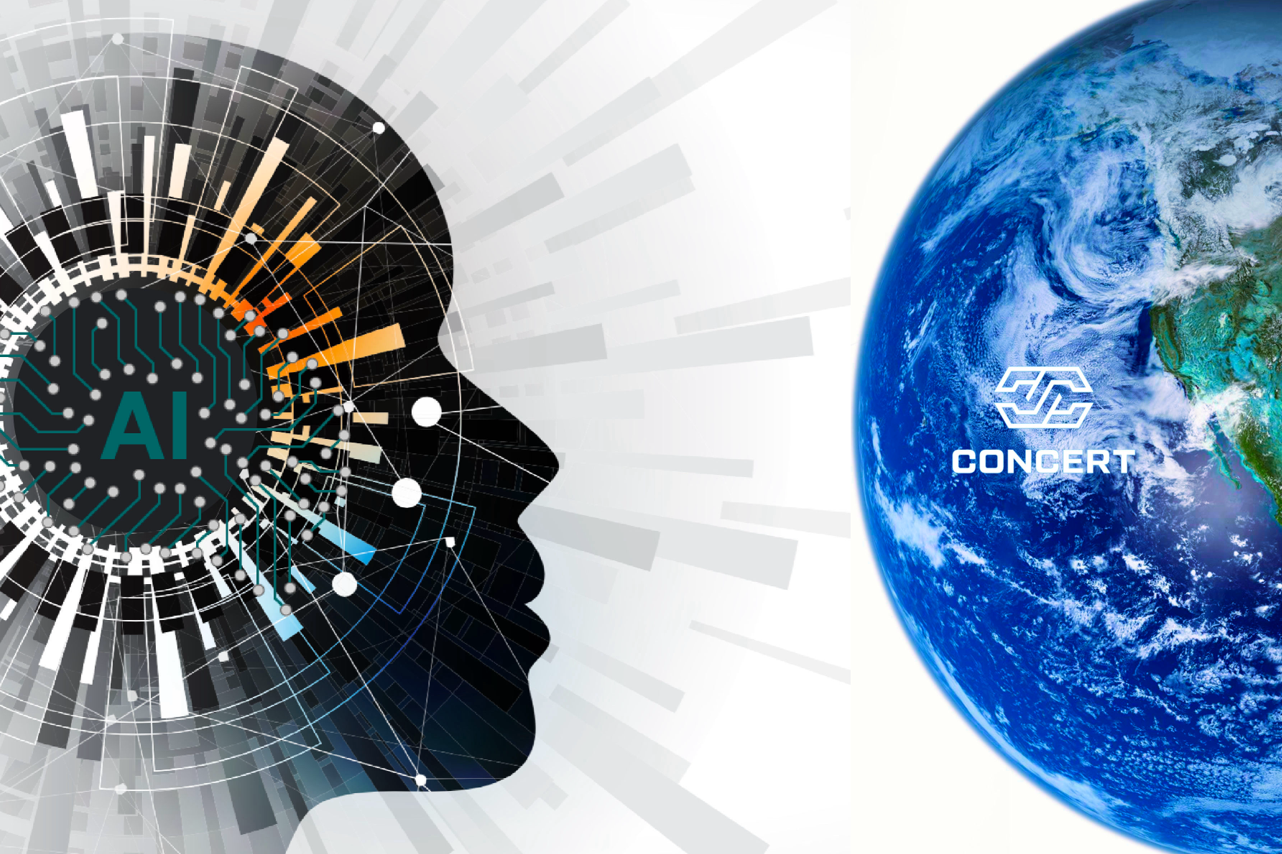by Tim Dufault – Concert CRO
The world is abuzz with discussions about Artificial Intelligence (AI) and its implications for academia, creativity, and truth in society. For some, AI will save the world, unleash our imagination, and solve our daily critical problems. Others look at AI with skepticism and distrust as they see challenges to basic understandings of right and wrong.
The design community mirrors this broader public discussion about adopting these new systems. Our discussion today is not to specifically answer that question but to explore how AI shapes design and construction more broadly.
To start the discussion, it’s helpful to establish some context on AI-based design software. To be classified as AI, the software must be able to set its parameters and manipulate them independently of outside input. This differs from parametric design software, where the design solution is generated based on input parameters and constrained to that limited dataset. Many parametric design tools in the market look like AI, but they fail the independence test.
There are five emerging applications for AI in the design and construction process:
- Conceptual Design – Language or other data input-based conceptual design system.
Examples: Midjourney, DALL-E 2, Stability AI, Parafin, and Hypar - Planning – Proforma or parameter-based planning tools that generate a design result to define the financial model.
Examples: Spacemaker AI, Archistar AI, and Reconstruct - Workflow Management – Automation of standard workflows to improve productivity.
Examples: Digital Blue Foam, Alice Technologies, and Modulous - Scan to BIM – Point cloud translation systems that convert digital photogrammetry, filling in the gaps through learned building patterns, into editable BIM or other modeling software.
Example: Aurivus - Building Systems or Performance – MEP, structural, fire protection, or energy performance systems.
Examples: Inakkam and Schnakel Engineers
These are broad categories and reflect the general purpose of AI. However, many systems cross over since there is no defined categorization in the market.
The attractiveness of each of these solutions is straightforward. On the surface, they all promise to improve productivity, increase creativity, and decrease the time (and, therefore, money) it takes to create and document the design process. However, these tools represent the disruption of the architectural design process by automating most, or in some cases all, of it. Since all these systems are new, it is yet to be seen if they can deliver on this promise. While some tools claim they can reduce the time it takes to design and document a building to mere minutes, this oversimplifies and undermines the implicit value of the design process.
AI represents a potential explosion of creative capacity, but will it materialize? If whole buildings can be designed from phrases the architect or owner would like to embody, have we bettered the human condition? Are we creating real value if we decouple the design process from the financial model? Automating mundane and mathematical tasks to free up time for more creative activities is a worthy application. Still, in the end, buildings are designed for human habitation and must reflect the characteristics humans define as valuable. The real value of AI is its ability to reveal new relationships or resources beyond the capacity of any person or firm. This reinforces the role of the architect as the creator of value, not just the instrument of documentation.
There are ethical and legal considerations in the use of AI, not the least of which is what is the source data derived from. AI learns from precedent material, and that material can reflect bias (overt and inadvertent), may not have come from the public domain and may lack relevance. Already, Stable Diffusion AI is being challenged in court by Getty Images for copyright infringement because Getty’s source material is part of its learning dataset. If design-based AI engines are using the completed work of architects worldwide as source material, there is a risk of infringement on their intellectual property. It’s realistic to expect similar architectural challenges will also arise. AI will be at its best when it learns from the original work of the individual architect, using, adapting, and evolving its work, not the work of others.
AI is an essential advancement in the digital process architects use for design, but it does not replace the architect’s role as a value creator. Instead, it should add to their capabilities to create and allow the design to learn, evolve, and ultimately influence real and virtual worlds.
Architecture is expanding to both realms, and because of the explosion of data in the design and construction process, architects require a new kind of design protection; a data record that is permanent, authentic, and provides immutable proof that their work is their own.
Concert is built to support the digital integration of design and construction; we believe it is the future of building processes worldwide. But core to our platform is the understanding that intellectual property is valuable for its creators and creating permanent records of that work along with a record of how it is shared, what it is authorized to be used for, and who has the authority to use it are core to creating long-term value.
Design and construction bring tremendous value to building owners and their communities. AI can be a tool to help facilitate and accelerate that vision. But will it be our savior, or will it devalue the profession? It’s too early to tell, but Concert’s goal is to make the process more valuable along the way.





